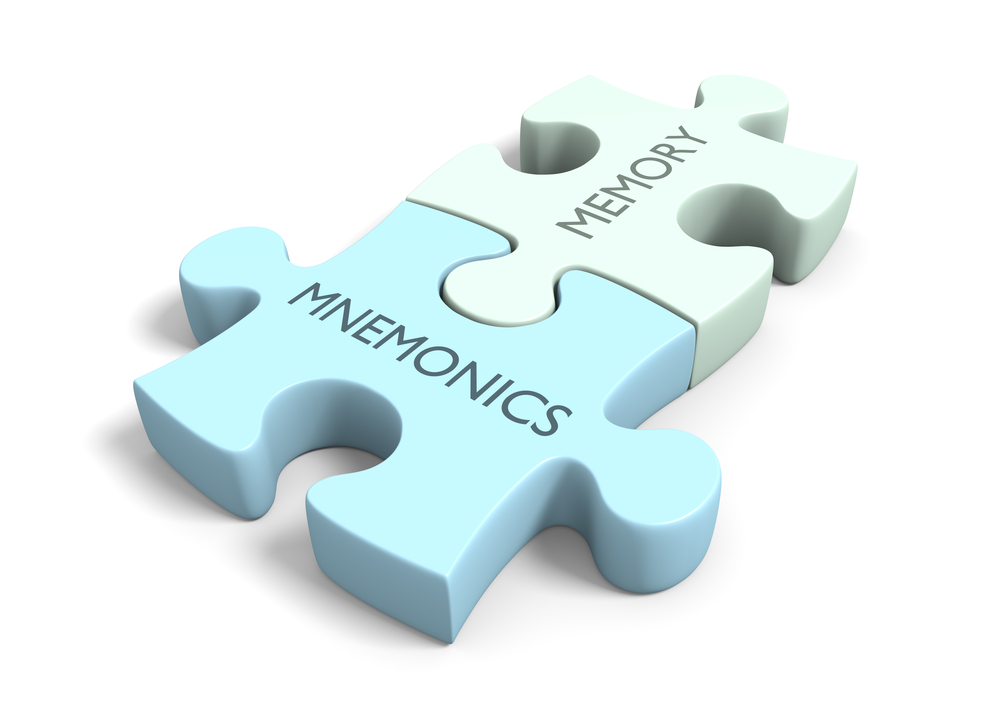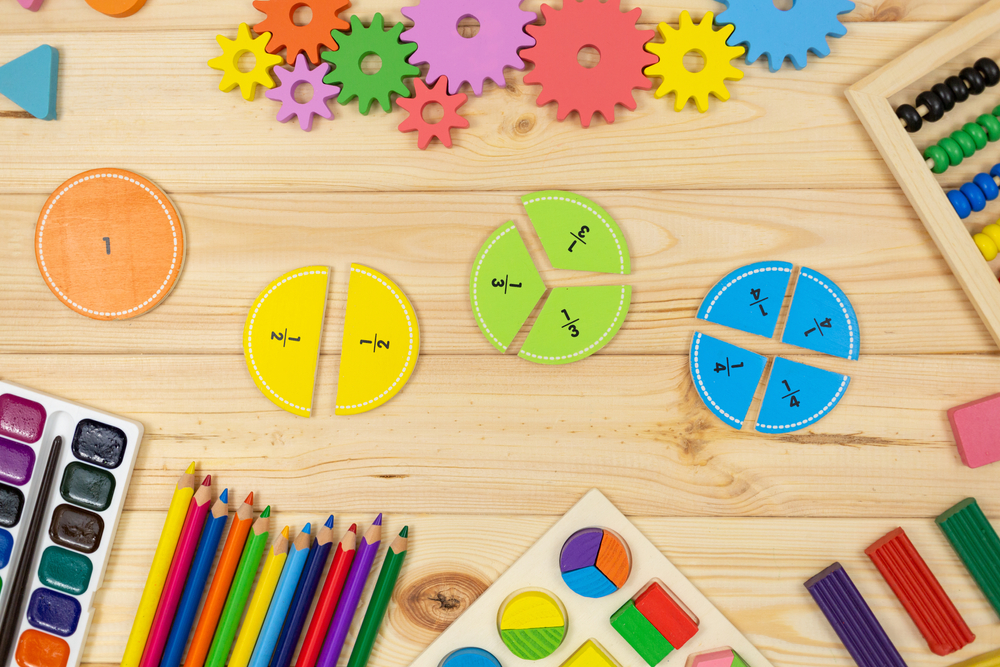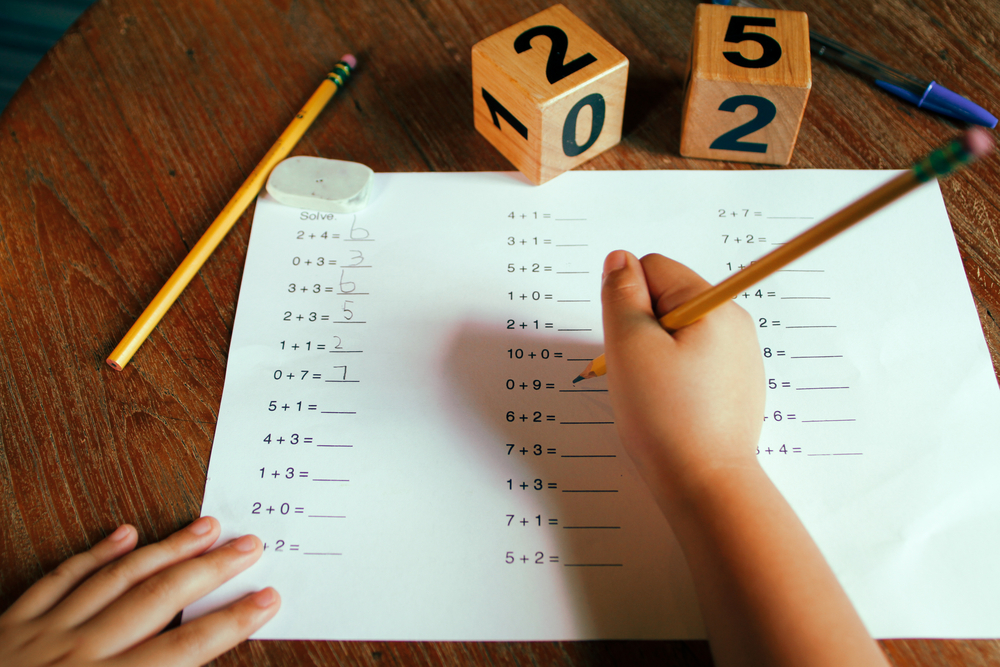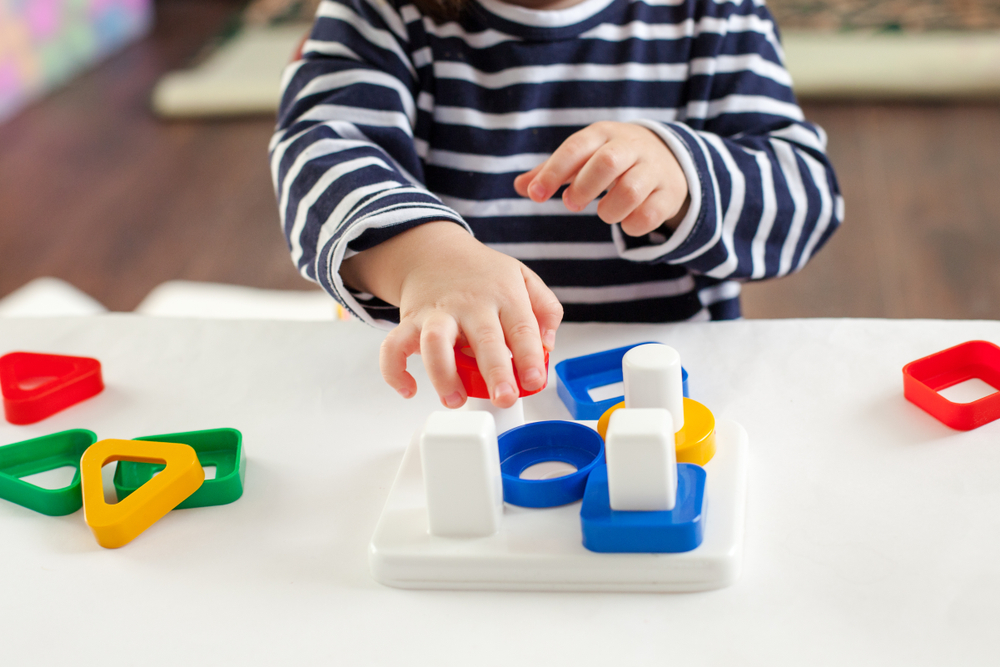Introduces geometric measurements Worksheets for Kids
1 filtered results
-
From - To
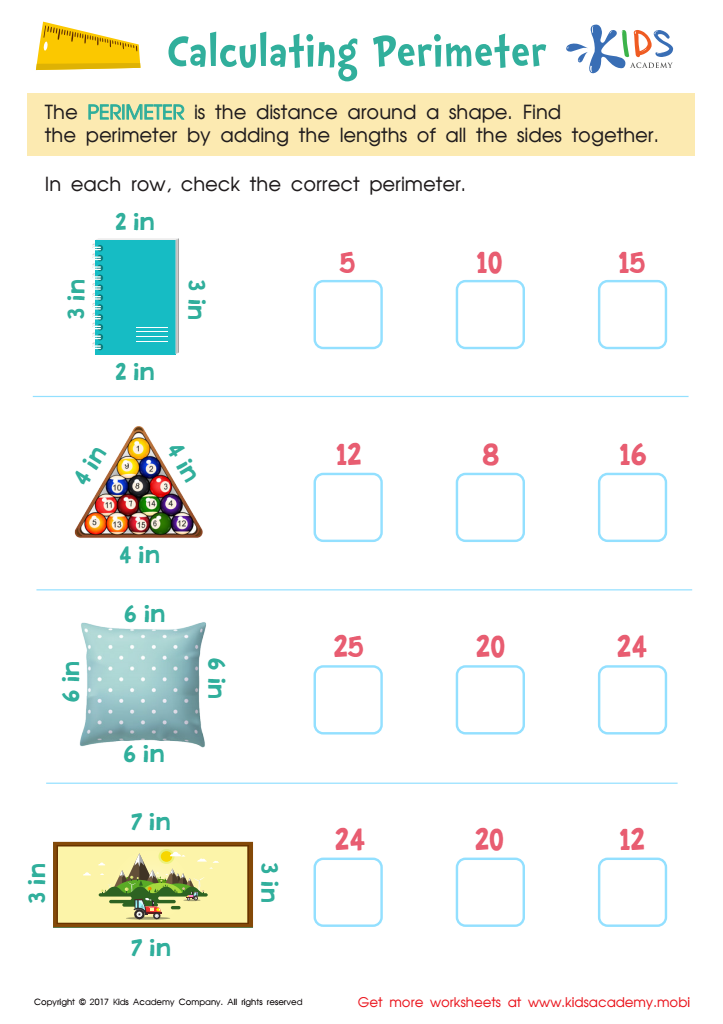

Calculating Perimeter Worksheet
Question/Answer
What are some effective activities to train students’ Introduces geometric measurements skill when teaching them about Geometry?
Effective activities for training students in geometric measurements include: using hands-on manipulatives like rulers, protractors, and geometric shapes; engaging in drawing and measuring tasks; incorporating real-life measuring projects; employing interactive geometry software; conducting scavenger hunts for objects with specific dimensions; and organizing group activities that involve constructing models to understand concepts of perimeter, area, volume, and angles.
How to test a Grade 3 student’s Introduces geometric measurements skills?
To test a Grade 3 student's geometric measurement skills, provide tasks that require measuring and comparing lengths using standard units, understanding area and perimeter concepts, and identifying attributes of 2D and 3D shapes. Include practical activities like using a ruler to measure objects, solving problems involving perimeter and area of rectangles, and distinguishing between linear and area measurements.
How does the mastery of the Introduces geometric measurements skill affect a student's performance at an early age?
Mastery of the Introduces geometric measurements skill at an early age significantly enhances a student's mathematical understanding and spatial reasoning. It lays a foundational knowledge for more complex mathematical concepts, boosts problem-solving abilities, and fosters a positive attitude toward learning mathematics, thus leading to improved overall academic performance and confidence in handling geometric-related tasks and measurements in real-life scenarios.
 Assign to the classroom
Assign to the classroom
